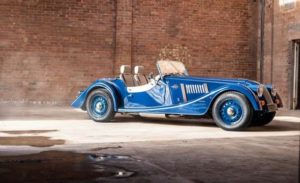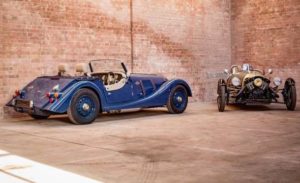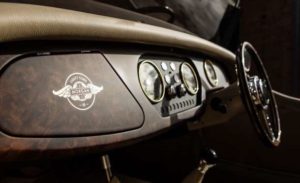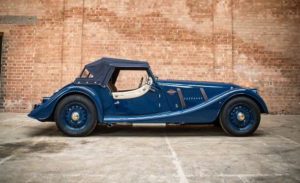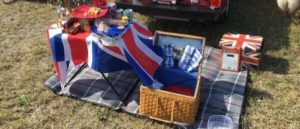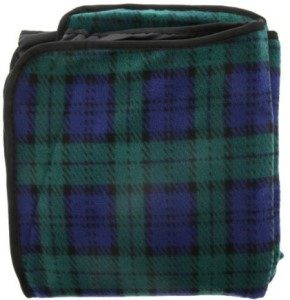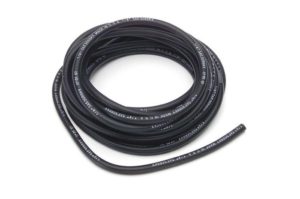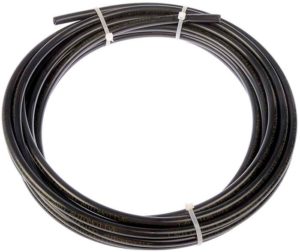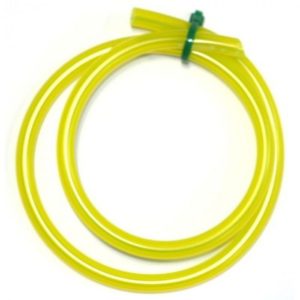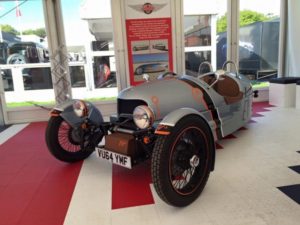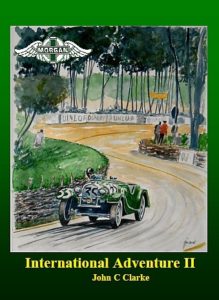Like a race, a concours is just another type of competition. It helps if you go in prepared and aware of the ground rules. We’ve been on both sides of the judging game many times at major and minor events and more. But there are two guys who know this world even better than we do: Bill Warner, founder of the Amelia Island Concours d’Elegance, and Tim McNair, automotive detailer to the stars. Together we came up with some concours advice.
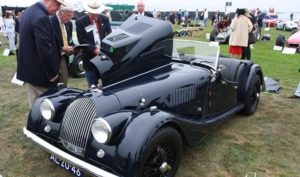
Before we share it, though, here’s a caveat: Don’t take concours events too seriously. If you do, the competition will just eat you up.
Understand the Type of Event: A general concours is usually different from a marque club event, and your car may be better suited to one than the other. In a general concours, the cars are evaluated based on elegance, style, condition, backstory and so on. The judges will note a scratch or a flaw, but they may not know that the valve covers are the wrong shade of silver or that a particular model year should have an alternator instead of a generator. Judges at a marque club event are going to pay just as much attention to the specific details as the overall beauty of the car.
Also, know how your car will be classed. Sometimes this information is hard to get, especially if the event isn’t well organized, but it’s nice to know what to expect on the show field.
We’ve seen perfectly restored yet relatively common cars get beat out by lesser vehicles that simply had a better backstory. If a car was originally built as a design study or once owned by the King of Morocco, then it’s going to get bonus points no matter what the make and model.
We know what it’s like to compete in a stacked field. We recently entered a slightly modified vehicle in a class for race cars. When we got there, we found a row containing cars from the likes of Indy and Formula 1. While we presented a nice car, we knew we weren’t taking home any hardware even before the judges looked it over.
Understand the Judges: Judges are made up of teams of volunteers, and it’s not uncommon to have an expert paired up with a couple of celebrities.
Most judges have roots in the hobby and have developed penchants for certain cars, colors, restoration shops and sometimes even people. Things can get political, too, and a bossy lead judge can sway the rest of the panel.
Judges also have their own opinions when it comes to defining something as seemingly simple as elegance. The Pebble Beach Concours website contains a great quote from Ansel Adams, legendary photographer and former honorary judge: “From a strictly personal point of view, my definition of an elegant car would be ‘the kind of car I would like to be buried in.’”
Understand the Judging Process: There are different types of judging at different events. At Amelia Island, for example, the “French” style of judging is used, which basically looks at a car’s overall elegance.
At other events, however, judges look more closely at the details. Do the lights work? Are all the factory tools and paperwork present?
We recently judged at Hilton Head, and out of eight or nine cars in the class, roughly half had some kind of issue—either the jack and spares were missing or the lights didn’t work. At this event, those things mattered. Nice cars lost points.
The add-ons and backstory can matter, too. A pleasant owner who did much of the work at home can score extra points. A great story can also elevate a car’s stature—say, if the owner’s dad bought the car directly from Bonnie and Clyde just before they were gunned down.
Finally, it’s important to meet the judges at your car. If you aren’t interested enough to be there when they arrive, you will almost universally lose points. Having a handler there is better than nothing, but make sure that handler knows the whole story.
Understand the Prep: Our buddy Tim McNair details the cars of the stars. Name a topflight concours, and he has prepped cars for it. Odds are he’s taken home some major hardware from it, too.
One of his best tips is to keep your blacks black and every other contrast correct. Black rubber should be black as night, chrome should be shiny, and amber lenses should glow even when the lights are off. As he reminds us, perfect paint looks like hell next to marginal chrome or faded black rubber.
A few more of his quick tips: Use a good rubber treatment where needed; bamboo skewers are great for cleaning tight places; and use a clay bar before buffing and waxing your paint.
Concours Tips From the Top: Amelia Island Concours Founder Bill Warner
Creator and grand pooh-bah of arguably one of the best and most famous concours event in the country is our good friend Bill Warner. He offered these additional tips for entering your first concours event:
- We build the show around themes and anniversaries. A car that fits the themes stands a better chance of being accepted than a car that does not.
- Having other national awards— AACA, CCCA, PCA,NCRS, etc.— helps us separate the great cars from the average.
- Fresh restorations that have not been seen at other shows get the highest priority with us, and the rarer, the better. If the car has been to every other significant show in the country before coming to Amelia, it stands very little chance of being accepted. We owe it to the patrons of the show to present a fresh, innovative show with rare and unusual cars.
- The car should not be misrepresented—for example, don’t advertise that it has been restored as a roadster when it was originally a sedan. We try to investigate each car to make sure it is correct.
- Have documentation with the car to show the judges in the event that it is necessary to confirm certain details. Although we try hard, judges can’t know everything, so have your documentation with you.
- The devil is in the details. Make sure the car is properly prepared, with all lights and horn operational. Charge the battery and put gas in the car. You just cannot imagine how many cars at Amelia have to be either fueled or jump-started.
- Know your car! There are many owners who have “handlers” to handle their car. The owner hasn’t a clue on how to start or drive it. For shame!
- If the judges ask, tell them what you know about your car. Help them understand what you went through to prepare the car for the show.
• Don’t count on getting a trophy. Just come and have a good time. There are more important things in life to worry about. If you win an award, all the better.


